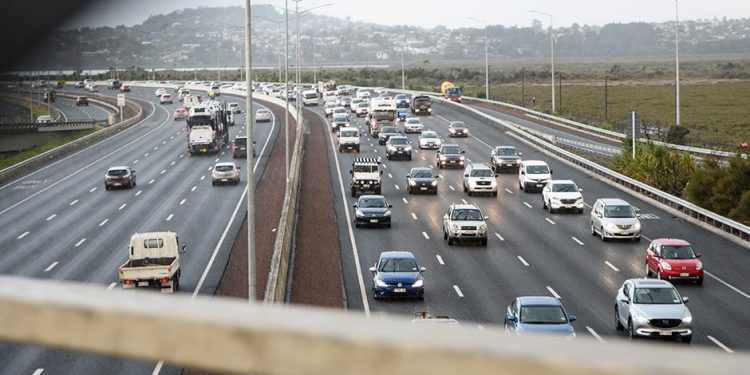NZTA pledges to lower its carbon footprint
Words: Matthew Hansen
The Waka Kotahi New Zealand Transport Agency has announced that it plans to reduce the size of its carbon footprint created by its construction projects, specifically those on the New Zealand Upgrade Programme.
The Upgrade Programme was announced in 2020 as an $8.7million transport investment across roadways, rail, walkways, and more. Penlink, a seven-kilometer two-lane highway project connecting State Highway 1 to the Whangaparoa Peninsula, will be the first project targeted by Waka Kotahi’s new emissions reduction push.
In a statement, Waka Kotahi said that it aims to reduce construction emissions on projects costing $100million and over by 10 per cent.
It says this will be done by choosing more environmentally friendly suppliers, making financial incentives for suppliers to propose low-emissions solutions, using new sustainable infrastructure and resource efficiency policies, and more focus on the use of plant-based resources and fuel use.
The plans are notably thin on detail in terms of exactly what the Waka Kotahi’s ‘new sustainable infrastructure and resource efficiency policies’ will be. Although the national manager infrastructure delivery, Mark Kinvig, is nevertheless optimistic about the news.
“This will be challenging to achieve and we’re at the start of the journey. One of the areas where Waka Kotahi can quickly start to tackle carbon emissions is project construction,” he said.
“Construction of infrastructure projects use significant resources. Concrete, steel, asphalt, and fuel used in earthworks are the biggest sources of emissions from building transport projects. We are aiming to reduce these impacts as much as possible and lead the transport sector on reducing construction emissions.
“Empowering the industry to use their expertise to tackle this issue is key, so we will encourage our suppliers to innovate and come up with ways to lower emissions. The contract to build Penlink, which has just gone out to tender, will include a financial incentive for meeting a carbon reduction target.
“Significantly reducing construction emissions will require major changes in technology and practice during the next decade. Sector-wide innovation is also needed to reduce construction emissions from steel, aggregate, bitumen and concrete, where opportunities are currently limited.”





